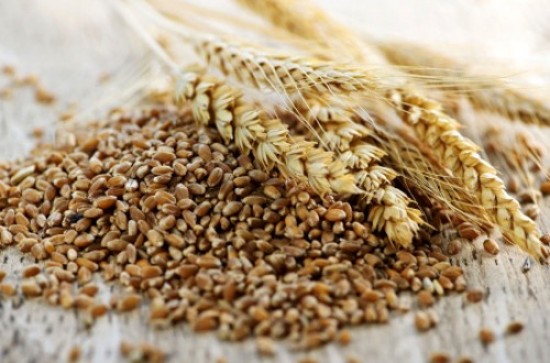What if someone told you that eating a certain group of foods every day would help prevent you from getting heart disease, Type-II diabetes, some types of cancer and even from becoming overweight or obese?
This group of foods can also promote a healthy digestive tract and colon and boost your immune system. Would you choose to eat these foods? Do you know which food category fits this description?
Whole grains.
Eating whole grains is like adding health insurance to your life. Yet, only 10% of Americans eat the recommended minimum three servings a day.
Putting whole grains on your plate every day is important because they add powerful nutrients like fiber, B vitamins, minerals and antioxidants that help your body look good, stay healthy and prevent disease.
They are a delicious addition that will help you achieve optimal nutrition.
Listen in as dietician Kim Larson shares the benefits of whole grains and how you can start incorporating them into your diet.
This group of foods can also promote a healthy digestive tract and colon and boost your immune system. Would you choose to eat these foods? Do you know which food category fits this description?
Whole grains.
Eating whole grains is like adding health insurance to your life. Yet, only 10% of Americans eat the recommended minimum three servings a day.
Putting whole grains on your plate every day is important because they add powerful nutrients like fiber, B vitamins, minerals and antioxidants that help your body look good, stay healthy and prevent disease.
They are a delicious addition that will help you achieve optimal nutrition.
Listen in as dietician Kim Larson shares the benefits of whole grains and how you can start incorporating them into your diet.

 Kim Larson is a board-certified specialist in sports dietetics and founder of Total Health, a nutrition consulting company specializing in nutrition, fitness and health coaching for individuals, athletes and teams. Larson conducts personal nutrition coaching for corporations, as well as industry consulting work on topics related to nutrition, food and health. She speaks to audiences including consumer groups, sports teams and organizations, corporate wellness programs, community programs, the fitness industry and other health care professionals.
Kim Larson is a board-certified specialist in sports dietetics and founder of Total Health, a nutrition consulting company specializing in nutrition, fitness and health coaching for individuals, athletes and teams. Larson conducts personal nutrition coaching for corporations, as well as industry consulting work on topics related to nutrition, food and health. She speaks to audiences including consumer groups, sports teams and organizations, corporate wellness programs, community programs, the fitness industry and other health care professionals.